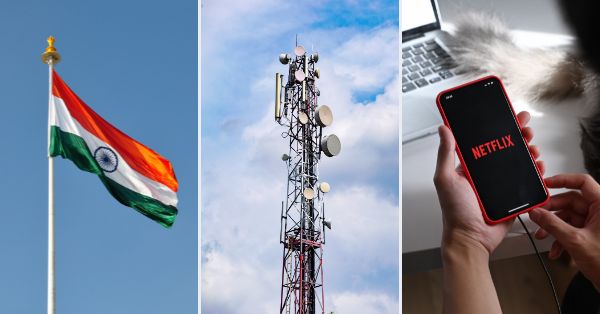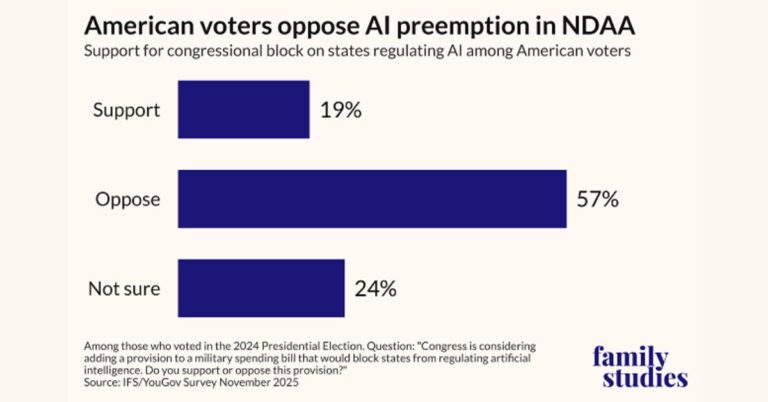Why COAI wants a mobile tariff hike in India
India’s mobile industry lobby is pushing for tariff corrections as network spending rises faster than service revenues.
Rising network costs outpace ARPU growth
The Cellular Operators Association of India (COAI) says operators face a growing mismatch between capital outlays and tariff-led returns. By its estimate, the cumulative gap up to 2024 was already around Rs 10,000 crore and is widening in 2025 as data consumption accelerates. The core issue is simple economics: video-heavy usage is rising double digits, while average revenue per user (ARPU) inches up slowly and entry-level plans remain highly price-sensitive.
For Reliance Jio, Bharti Airtel, Vodafone Idea, and BSNL, sustaining 4G quality and scaling 5G require dense radio sites, fiberized backhaul, power backup, and core upgrades. These are multi-year, front-loaded costs. Where monetization lags, free cash flow tightens and balance-sheet risk grows—especially for challengers with high leverage.
Right-of-Way gains and on-ground hurdles
The government’s Right of Way (RoW) policy has improved the framework for faster, cheaper permits, including support for micro-trenching and common ducting. Yet execution is uneven. Several local bodies still impose high fees and delays for laying fiber, small cells, and in-building systems. That inconsistency adds time and cost to densification, particularly in metros where 5G capacity is most needed.
Spectrum fees and levies inflate telco costs
Spectrum remains a large cash outlay in India. While recent policy tweaks eased some charges, operators still carry legacy fee burdens and ongoing levies. Combined with energy costs and inflation in equipment and civil works, unit economics get squeezed unless tariffs, usage tiers, or alternative contributions improve.
OTT traffic surge and the fair share funding debate
COAI argues that a handful of large traffic generators (LTGs) are responsible for most network load without directly contributing to network build costs.
Video dominates India’s mobile data traffic
COAI estimates that four to five major platforms—think YouTube (Google), Netflix, and Meta’s apps—drive roughly 70% of mobile data traffic. That aligns with global patterns where short-form and streaming dominate downlink. As HD and 4K streams, live sports, and generative AI-enhanced media proliferate, traffic intensity rises faster than revenue per GB. Telcos can throttle or set fair-usage policies only within net neutrality rules, so the main levers are price plans, traffic management transparency, and efficient delivery.
Fair share vs net neutrality: global lessons
The “LTG contribution” idea echoes the European “fair share” debate, where regulators weighed whether Big Tech should help fund networks. Most markets have stopped short of mandating payments because of net neutrality, innovation, and double-charging concerns. India’s net neutrality principles and prior consultations suggest any LTG fee would face legal, policy, and competition scrutiny. Still, the cost asymmetry is real, and pressure for new funding models is rising as 5G-Advanced and edge use cases emerge.
Neutral, standards-based ways to lower delivery costs
There are options that improve economics without breaking neutrality. These include deeper on-net caching via open caching standards, scaled private peering, localized content origination, and joint investments in metro edge nodes. Commercial constructs can bundle paid peering, CDN capacity, and quality telemetry, while maintaining open internet rules. Transparent, standards-based approaches (e.g., SVA Open Caching) reduce delivery costs and cut latency for high-traffic apps.
What higher tariffs mean for Indian telecom operators
Expect a mix of tariff rationalization, plan redesign, and targeted capex as operators chase sustainable returns.
Tariff strategy and ARPU outlook
Operators have already trimmed bundled data in entry-level packs to curb heavy usage by a small cohort of price-sensitive users. More tiering is likely: speed tiers, day-parted or app-agnostic allowances, and premium QoS on unlimited plans within regulatory bounds. ARPU should trend up gradually, but any sharp price move risks churn among low-income prepaid users. Competitive dynamics remain intense, yet the industry appears more disciplined than a few years ago.
5G densification, fiber backhaul, and rollout economics
5G’s capacity benefits hinge on dense site grids and fiber backhaul. Urban small cells, indoor neutral-host systems, and fiber-to-tower are priorities. Infrastructure sharing with towercos like Indus Towers and neutral hosts will be pivotal to control capex. Without better RoW execution and power availability, 5G user experience could diverge by city and venue, creating service gaps just as enterprise 5G and fixed wireless access pilots expand.
Actions for OTTs, telcos, and enterprises to cut delivery costs
Stakeholders can mitigate cost pressure and improve experience through collaboration, smarter interconnects, and targeted investment.
Priorities for OTTs and hyperscalers
Accelerate edge footprint in top metros by deploying or federating caches close to mobile cores, and adopt open caching for portability across networks. Expand private peering with Jio, Airtel, and others to reduce transit reliance and improve stability for large events. Share performance telemetry with carriers to enable traffic engineering and proactive incident response during spikes like live sports. Explore commercial models that bundle capacity commitments with quality analytics rather than pure “network fees.”
Priorities for telcos and towercos
Lean into multi-tenant small cells and indoor systems to spread costs in malls, transport hubs, and campuses. Standardize APIs for QoS and observability so app providers can align experience with spend, particularly for premium video and gaming. Use analytics to target plan redesign where elasticity is favorable, protecting low-income users while monetizing high-usage cohorts. Push single-window RoW execution with states and municipalities and scale micro-trenching to cut fiber timelines.
Priorities for enterprises and ISPs
Architect multi-path connectivity with 5G and fiber, and require end-to-end observability from content edge to user device. For media and edtech, adopt multi-CDN with active load steering and test on-net caches with each MNO. For latency-sensitive apps, pilot network APIs and edge offload where available, while monitoring neutrality compliance.
Key policy and partnership moves to watch next
Policy decisions and commercial partnerships over the next few quarters will shape pricing, performance, and investment intensity.
Policy and regulatory signals to monitor
Watch implementation of the Telecom Act’s RoW provisions at the state and municipal level, any TRAI consultations on traffic management and neutrality, and signals on spectrum pricing and levies in upcoming budgets. Clarity here will determine whether the industry leans more on tariffs, cost-cutting, or co-investment with content providers.
Tariff refreshes and network partnership trends
Track tariff refresh cycles from Jio, Airtel, Vodafone Idea, and BSNL; announcements on small-cell and indoor neutral-host deployments; and CDN, peering, or edge partnerships with Google, Netflix, Meta, and major CDNs. Expect incremental, not radical, changes—aimed at aligning soaring video demand with viable, high-quality mobile networks.








































